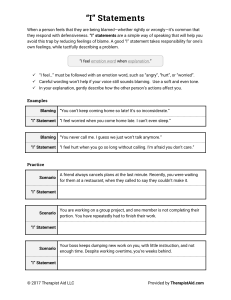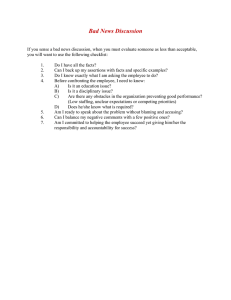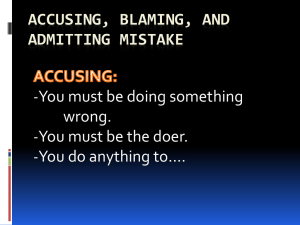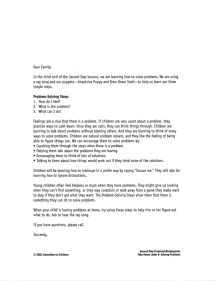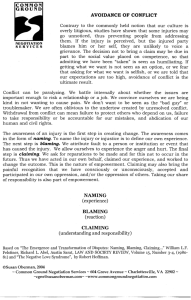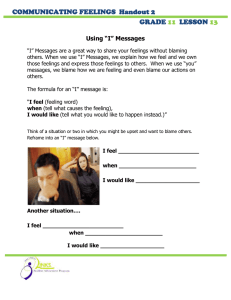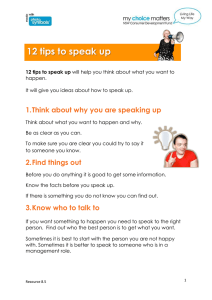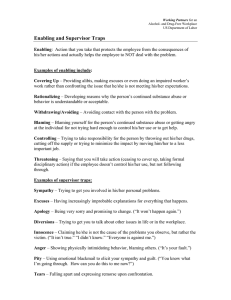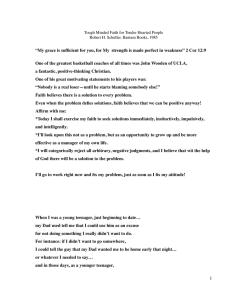Home Link Grade 2, Unit 4 Lesson 17: Solving Problems, Part 1
advertisement
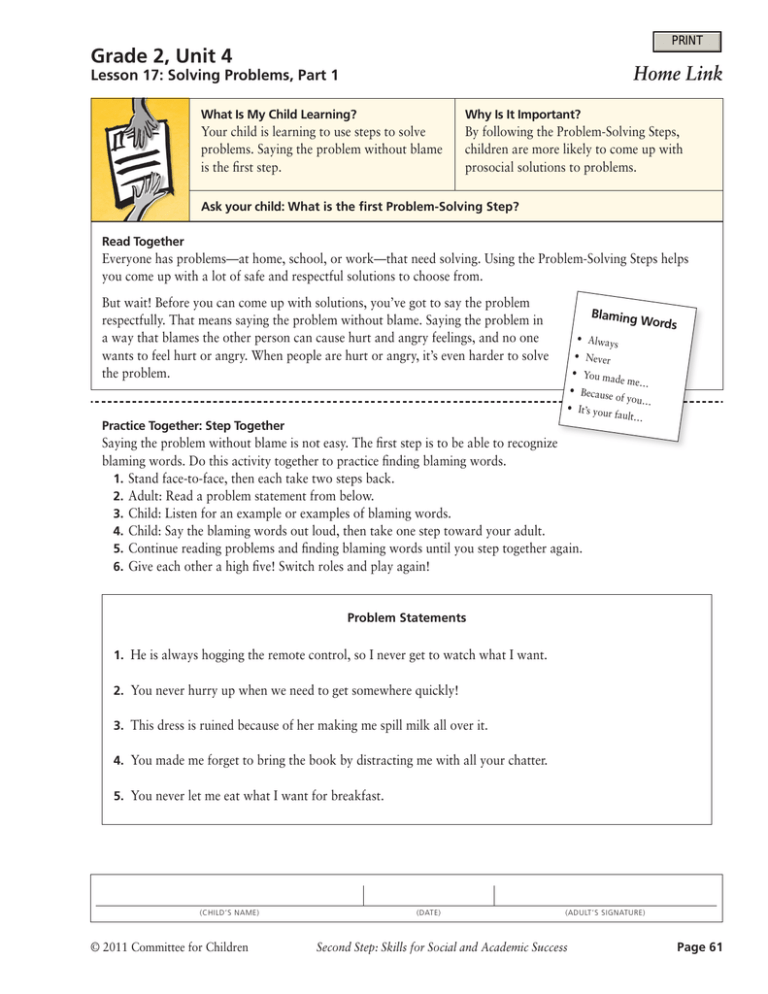
PRINT Grade 2, Unit 4 Home Link Lesson 17: Solving Problems, Part 1 What Is My Child Learning? Why Is It Important? Your child is learning to use steps to solve problems. Saying the problem without blame is the first step. By following the Problem-Solving Steps, children are more likely to come up with prosocial solutions to problems. Ask your child: What is the first Problem-Solving Step? Read Together Everyone has problems—at home, school, or work—that need solving. Using the Problem-Solving Steps helps you come up with a lot of safe and respectful solutions to choose from. But wait! Before you can come up with solutions, you’ve got to say the problem respectfully. That means saying the problem without blame. Saying the problem in a way that blames the other person can cause hurt and angry feelings, and no one wants to feel hurt or angry. When people are hurt or angry, it’s even harder to solve the problem. Practice Together: Step Together Blaming Words • Always • Never • You m ade me… • Because of you… • It’s you r fault… Saying the problem without blame is not easy. The first step is to be able to recognize blaming words. Do this activity together to practice finding blaming words. 1.Stand face-to-face, then each take two steps back. 2.Adult: Read a problem statement from below. 3.Child: Listen for an example or examples of blaming words. 4.Child: Say the blaming words out loud, then take one step toward your adult. 5.Continue reading problems and finding blaming words until you step together again. 6.Give each other a high five! Switch roles and play again! Problem Statements 1. He is always hogging the remote control, so I never get to watch what I want. 2. You never hurry up when we need to get somewhere quickly! 3. This dress is ruined because of her making me spill milk all over it. 4. You made me forget to bring the book by distracting me with all your chatter. 5. You never let me eat what I want for breakfast. (CHILD’S NAME) © 2011 Committee for Children (DATE) (ADULT’S SIGNATURE) Second Step: Skills for Social and Academic Success Page 61
